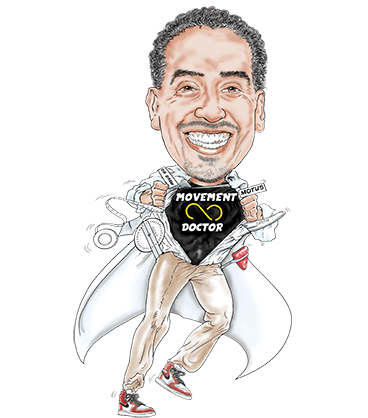Winging Scapula
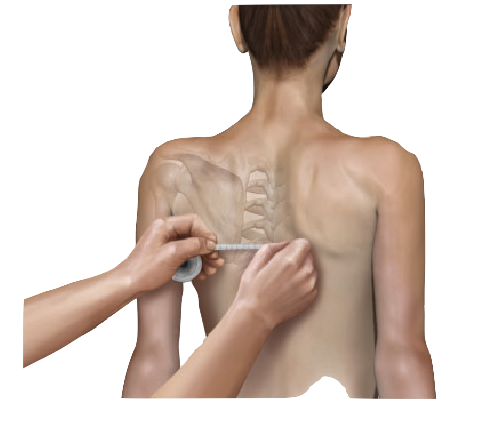
ST Dyskinesis: Symptoms, Diagnosis, and Treatment
ST dyskinesis is a condition that affects the muscles and bones in the shoulder and chest area. It can cause pain, difficulty breathing, and other problems.
If you think you might have scapulothoracic dyskinesis, it’s important to see a doctor for diagnosis and treatment.
This article will explain what scapulothoracic dyskinesis is, its symptoms, and how it’s treated.

Scapulothoracic Dyskinesis: An Introduction
Scapulothoracic dyskinesis is a condition that results in abnormal movement of the shoulder blade.
This can lead to pain and dysfunction in the shoulder and arm.
The condition is often seen in athletes, particularly those who participate in overhead throwing sports. It can also be seen in people who have had a previous shoulder injury.
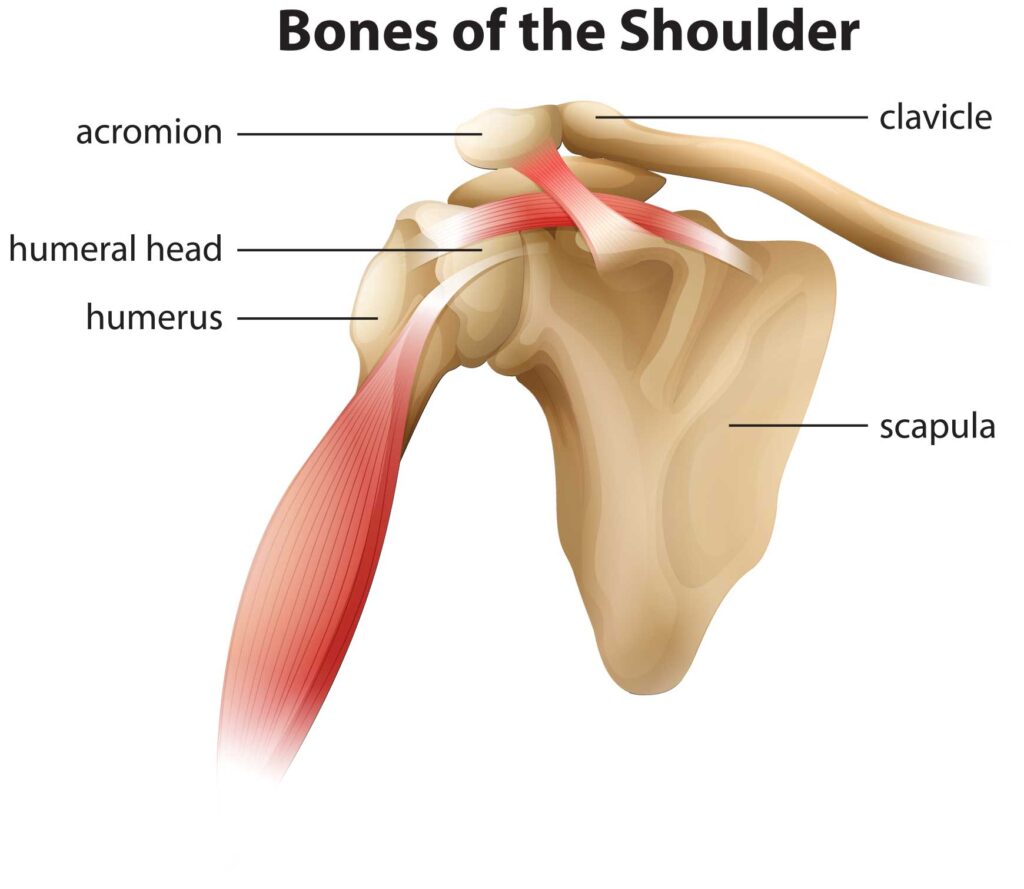
Causes of Scapulothoracic dyskinesis
When the head and shoulders are constantly in a forward-leaning position, it puts extra strain on the muscles and ligaments that connect the shoulder blade to the upper back.
There are multiple causes for scapulothoracic dyskinesis, but the most common is poor posture.
This can cause the muscles to become weak and stretched out, which in turn can cause the shoulder blade to move out of its normal position.
Other causes of scapulothoracic dyskinesis include:
– Injury to the muscles or ligaments that connect the shoulder blade to the upper back
– Inflammation of the shoulder joint or in the upper back
– Nerve damage or inflammation in the shoulder area
– Poor posture habits
– Weakness in the muscles that stabilize the shoulder blade
Symptoms of Scapulothoracic dyskinesis
The most common symptom of scapulothoracic dyskinesis is pain in the upper back or shoulder area.
This pain is usually worse with activity, and may be accompanied by stiffness, weakness, or numbness in the affected area.
Other symptoms of scapulothoracic dyskinesis include:
– Difficulty moving the arm or shoulder
– A clicking or popping sensation when moving the arm
– muscle spasms in the upper back or shoulder area
– weakness in the arm or shoulder
– numbness or tingling in the arm or shoulder
– pain that radiates from the upper back or shoulder into the neck or arm.
If you experience any of these symptoms, it is important to see your doctor or a physiotherapist for an assessment.
Scapulothoracic dyskinesis is often mistaken for other conditions such as injury to rotator cuff muscles or impingement, and it is important to get an accurate diagnosis so that you can receive the appropriate
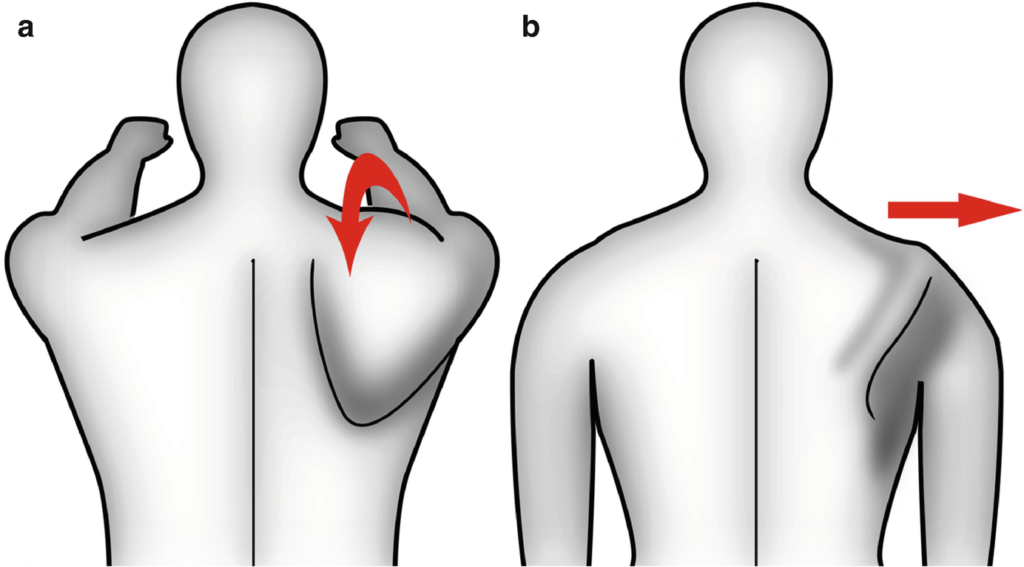
Diagnosis of Scapulothoracic dyskinesis
There are a few different ways that scapulothoracic dyskinesis can be diagnosed.
One way is by looking at the alignment of the shoulder blades in relation to the rest of the spine.
If the shoulder blades are not properly aligned, it can be a sign of scapulothoracic dyskinesis.
Another way to diagnose this condition is by assessing the range of motion of the shoulder blades.
If the shoulder blades have limited range of motion, it can also be a sign of scapulothoracic dyskinesis.
Scapulothoracic dyskinesis can also be diagnosed through special tests that assess the strength and function of the muscles that attach to the shoulder blades.
These tests can help to determine if there is any shoulder dysfunction or weakness in these muscles.
If there is weakness or dysfunction present, it is likely that scapulothoracic dyskinesis is present.
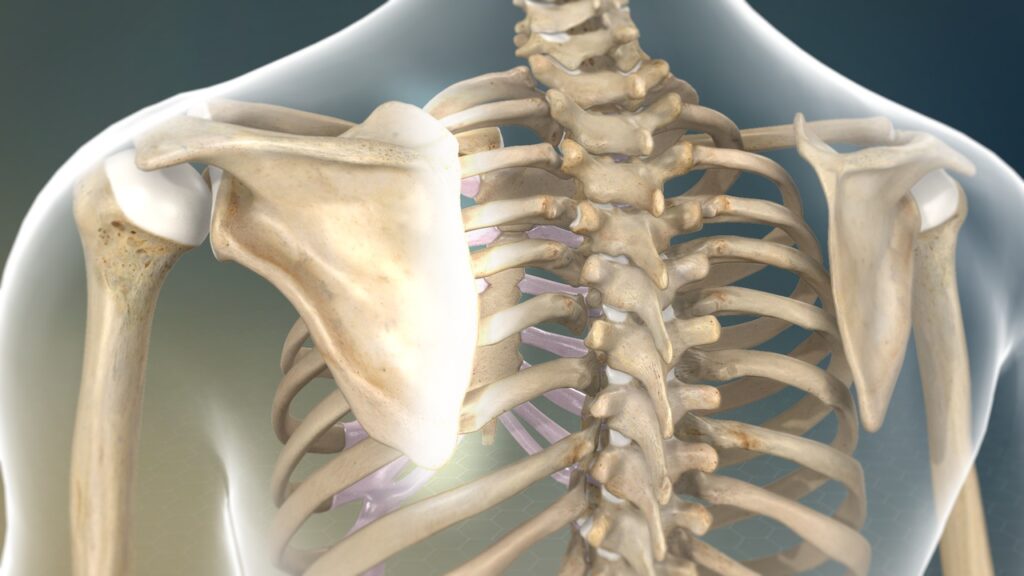
Treatment of Scapulothoracic dyskinesis
Once scapulothoracic dyskinesis has been diagnosed, treatment can begin.
There are a number of treatment options available, and the best course of action will vary depending on the individual case.
In some cases, conservative treatment options may be enough to correct the problem.
These options may include:
– Physical therapy:
A physical therapist can help to improve the upper trapezius muscle activity and internal rotation in the affected shoulder and scapular muscles.
They may also teach exercises that can help to correct the scapular motion.
– Orthotic devices:
Wearing a supportive device, such as a shoulder brace or sling, can help to keep the shoulder in the correct position and prevent further irritation.
-Activity modification:
Avoiding activities that put stress on the shoulder and upper back musculature can help to reduce symptoms.
If conservative treatment options do not improve the condition, more aggressive treatment options may be necessary.
These options may include:
– Surgery:
In some cases, surgery may be necessary to release tight muscles or correct bone deformities.
– Botox injections:
Injections of botulinum toxin can help to relax overactive muscles and reduce spasms.
With proper diagnosis and treatment, scapulothoracic dyskinesis can be effectively managed and symptoms can be reduced.
It is important to work with a qualified healthcare professional in order to ensure that the best possible outcome is achieved.
Tips to prevent Scapulothoracic Dyskinesis
There are a few tips that can help prevent Scapulothoracic Dyskinesis:
- Make sure that you maintain good posture throughout the day.
This means keeping your shoulders back and down, and your head aligned with your spine.
- Avoid activities that require you to hold your arms above your head for extended periods of time.
If you must do these activities, take frequent breaks to rest your arms and shoulders.
- Strengthen the muscles around your shoulder blades with exercises such as rows for an improved scapular upward rotation.
This will help to stabilize your scapula and reduce the risk of dyskinesis.
- Use proper form when lifting weights.
Avoiding jerking or swinging motions will help to keep your shoulders and scapula in proper alignment.
- Stretch the muscles around your chest and shoulders on a regular basis.
This will help to keep them flexible and improve the scapular kinematics.
Following these tips can help to prevent Scapulothoracic Dyskinesis and keep your shoulders healthy. If you are experiencing pain or other symptoms, be sure to see a doctor or physical therapist for treatment.
Risk Factors for developing Scapulothoracic Dyskinesis
There are a few factors that may increase your risk of developing scapulothoracic dyskinesis, including:
- Having a family history of the condition
- Being female
- Participating in overhead activities on a regular basis (such as swimming, baseball, or tennis)
- Having poor posture
- Having weak muscles in the back and shoulders
- Wearing a backpack that is too heavy or worn in the wrong way
Exercises to strengthen muscles around shoulder blades
There are a few exercises that can help strengthen the muscles around your shoulder blades.
Below are three examples.
1. Doorway Stretch:
This stretch helps to lengthen the muscles around the shoulder blades.
Stand in a doorway with your arms at 90 degrees, palms flat against the door frame.
Step forward with one foot and lean forward until you feel a stretch in your back and shoulders.
Hold for 30 seconds and repeat on the other side.
2. Seated Row:
This exercise works both the back and shoulder muscles. Sit on a bench or chair with a weight in each hand, palms facing down.
Keeping your back straight, pull the weights back towards your body, squeezing your shoulder blades together.
Return to the starting position and repeat for 10-12 reps.
3. Resistance Band Pull-Apart:
This exercise helps to strengthen the muscles between the shoulder blades.
Start by holding a resistance band in both hands, palms facing each other.
Open your arms out to the sides, maintaining the tension on the band, and squeeze your shoulder blades together.
Return to the starting position and repeat for 10-12 reps.
Performing these exercises regularly can help to improve posture and alleviate pain in the shoulders and upper back.
As always, consult with a doctor or physical therapist before starting any new exercise program.
Frequently Asked Questions about Scapulothoracic Dyskinesis
There are a few reasons why medial ankle sprains (ais) are relatively rare compared to other types of ankle injuries. First, the bones on the inside of the ankle (the tibia and fibula) are relatively close together, which provides extra stability to the joint. Second, the muscles and ligaments that support the joint (including the medial ankle ligament, deep deltoid ligament, or MCL) are particularly strong and well-developed.
Finally, the majority of people have a dominant “push-off” foot, which is usually the right foot for right-handed individuals. This means that when landing from a jump or other movement, the right ankle takes the brunt of the impact, while the left ankle is relatively protected. For all of these reasons, deltoid ligament injuries are much less common than other types of ankle injuries.
If you do happen to suffer a medial ankle sprain, it is important to seek medical attention as soon as possible. While most medial ankle sprains will heal on their own with time and rest, some may require surgery or other more aggressive treatment. An experienced orthopedic surgeon can determine the best course of action for your particular injury.
The symptoms of SC Dyskinesis are similar to shoulder impingement symptoms. The most common symptom of scapulothoracic dyskinesis is pain in the shoulder and upper back.
The pain may be aggravated by activities that involve overhead motion of the arm, such as reaching for something on a high shelf.
Other symptoms may include weakness in the shoulder and a feeling of tightness in the upper back and neck.
The exact cause of scapulothoracic dyskinesis is unknown, but it is thought to be related to an imbalance in the muscles that attach to the scapula.
This can be due to an injury or overuse of these muscles. Poor posture can also contribute to the development of this condition.
Scapulothoracic dyskinesis is typically diagnosed based on a review of your symptoms and medical history.
Your doctor may also order imaging tests, such as an X-ray or MRI, to rule out other conditions that could be causing your pain.
Treatment for scapulothoracic dyskinesis typically begins with conservative measures, such as rest, ice, and physical therapy.
If these measures do not provide relief, you may require injections or surgery.
Scapular dyskinesis is a condition characterized by abnormal movement of the shoulder blade.
This can lead to pain and disability. Scapular dyskinesis can be caused by several things, including muscle imbalance, injury, or overuse. There are a few ways of identifying scapular dyskinesis.
Treatment typically focuses on correcting the underlying cause.
In some cases, physical therapy may be necessary to help improve range of motion and strength.
3 Ways to Level Up Your Rehab and Injury Prevention With Us
3 Ways to Level Up Your Rehab and Injury Prevention With Us





